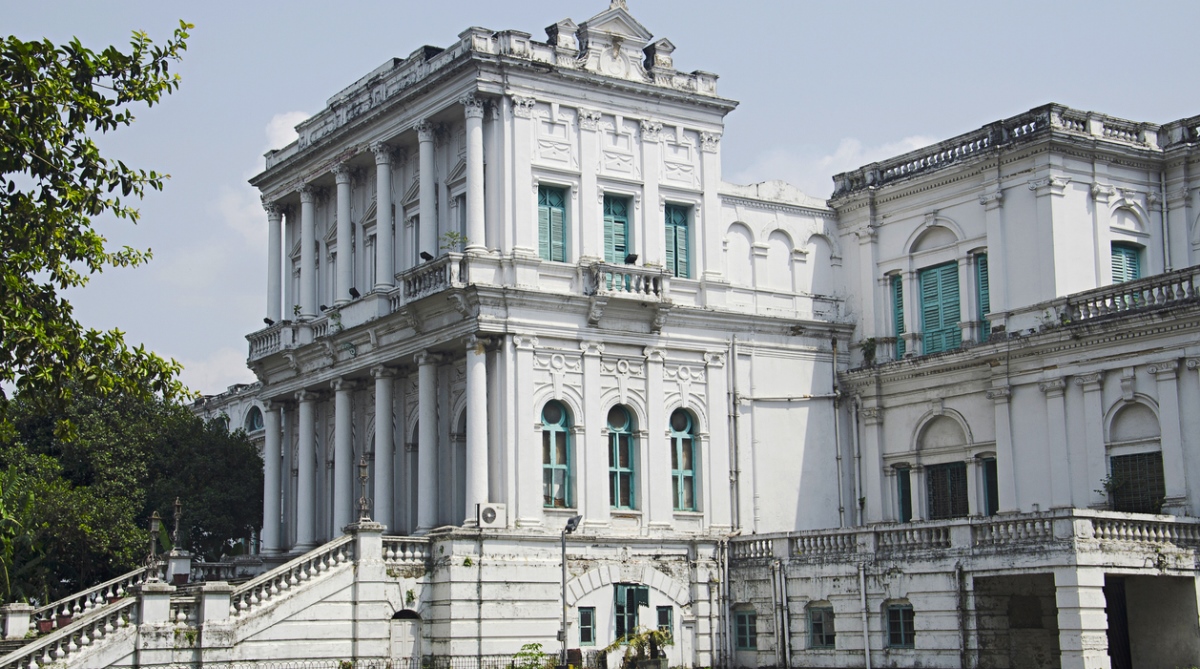The National Library richly deserves its splendid isolation. This is quite the most charitable construct that can be placed upon the breathless decision of the Union ministry of culture to set up a museum within the complex. Towards that end and at the astonishing cost of storage/preservation of books, original source materials, and space for reading, as many as ten rooms of Belvedere House, generally referred to as the Old Building of National Library, as distinct from the annexe, have been taken over by the Indian Museum.
There is no call for the latter, whose negligence has been highlighted by the CAG, to extend its callous indifference to another part of Kolkata. The National Library is scarcely the place to display artefacts; a wonderful array can run counter to its raison d’etre. It would instead be judicious to utilise the Durbar Hall of Victoria Memorial, in itself a “period museum”, albeit riveted to British India. More artefacts will enrich the VM’s collection, even extend the periodisation of history with a wider compass. A museum at the National Library will be an oddity, if ever there was one.
To put it bluntly as we must, this trivialises the great institution in Kolkata’s Belvedere, one that was described by a former Director and distinguished scholar, Professor RK Das Gupta, as the “library of last resort”.
Rightly has a section of readers and borrowing members written to the Ministry of Culture, with an appeal to reflect on the issue. The certitudes of library science ought never to be flouted. “The library is a place of reading and research work where absolute care of the temperament of the library must be maintained and no reader should be denied the documents simply on the ground of lack of space,” is the message of the letter.
The subtext of the communication must be that the reader’s focus on printed material will be considerably distracted by the inevitable footfall that will be attracted by the objects of art, however beautiful. The National Library is meant for cerebral pursuits, and not for the eyes only. As the Old Building boasts the main reading room, reading and reference work will be the singular casualty, and arguably in accord with trends of contemporary culture.
The academic importance of this institution cannot be denuded with a stroke of the bureaucratic pen. Sad to reflect, by taking over ten rooms, as reported in this newspaper, the overarching authority, called the Ministry of Culture, has set the process in motion. The raging controversy is reminiscent of the venue being used by the BSF for a Republic Day parade rehearsal. From ceremonial grandstanding to a museum, the National Library lends no scope for sub-literate intervention.










